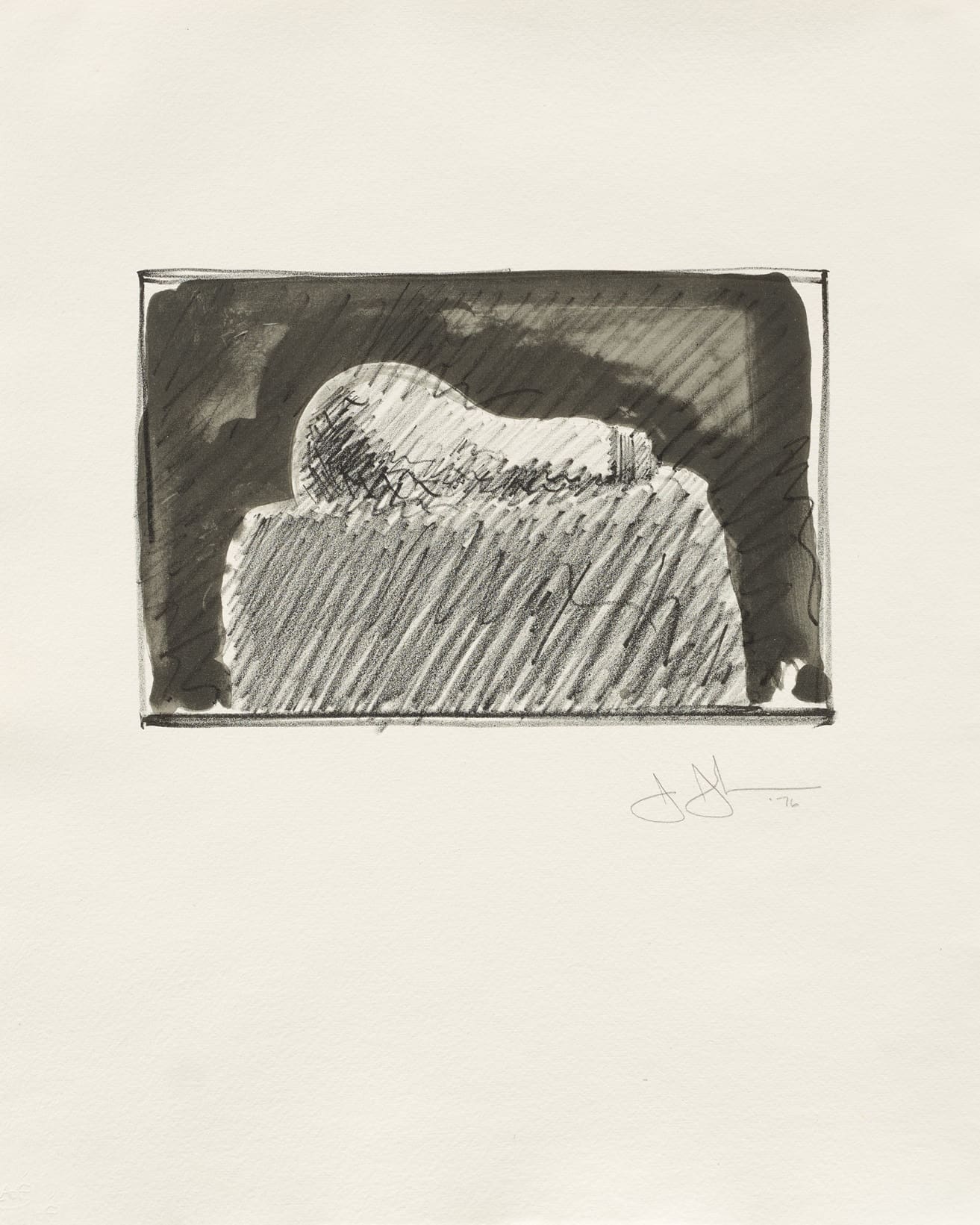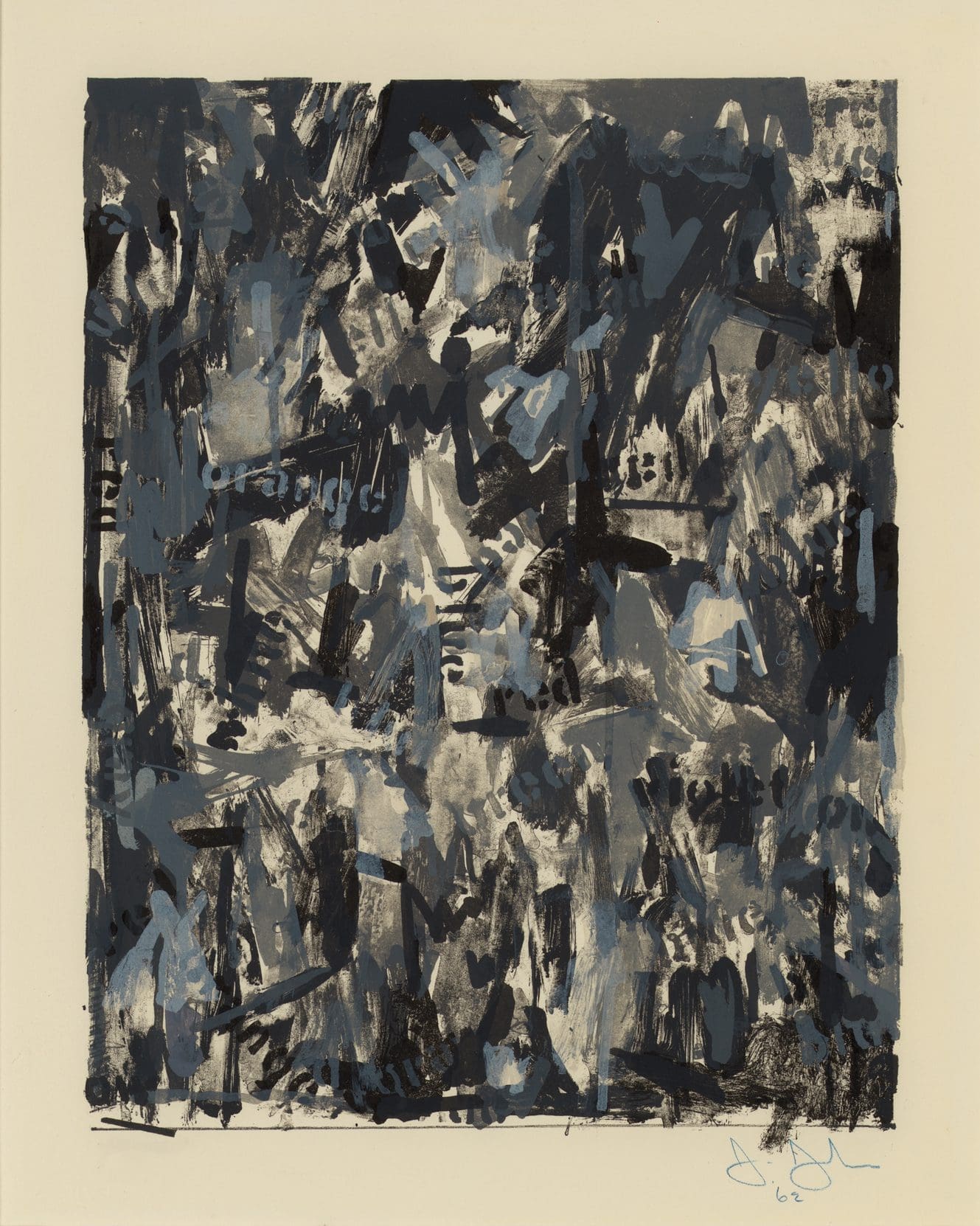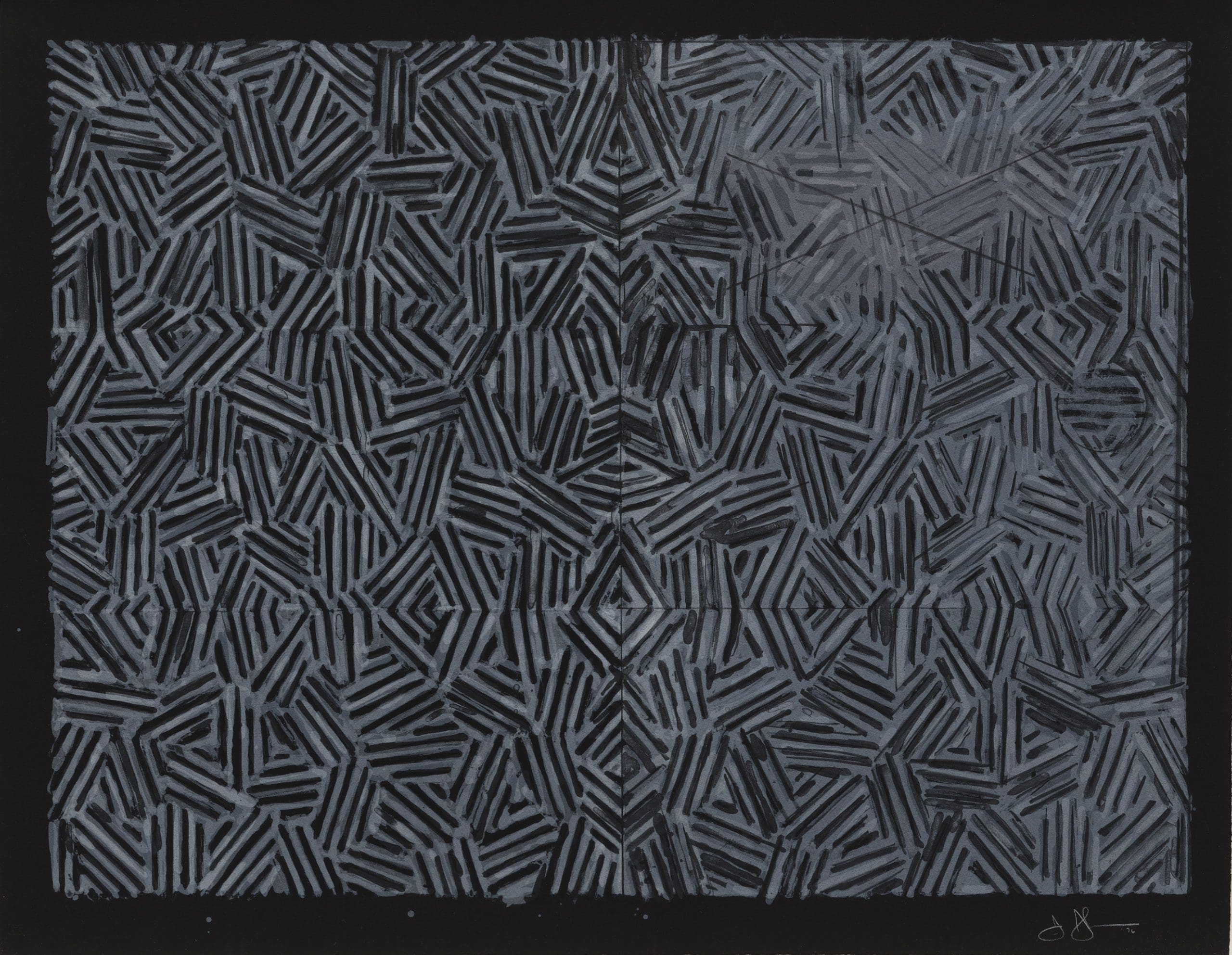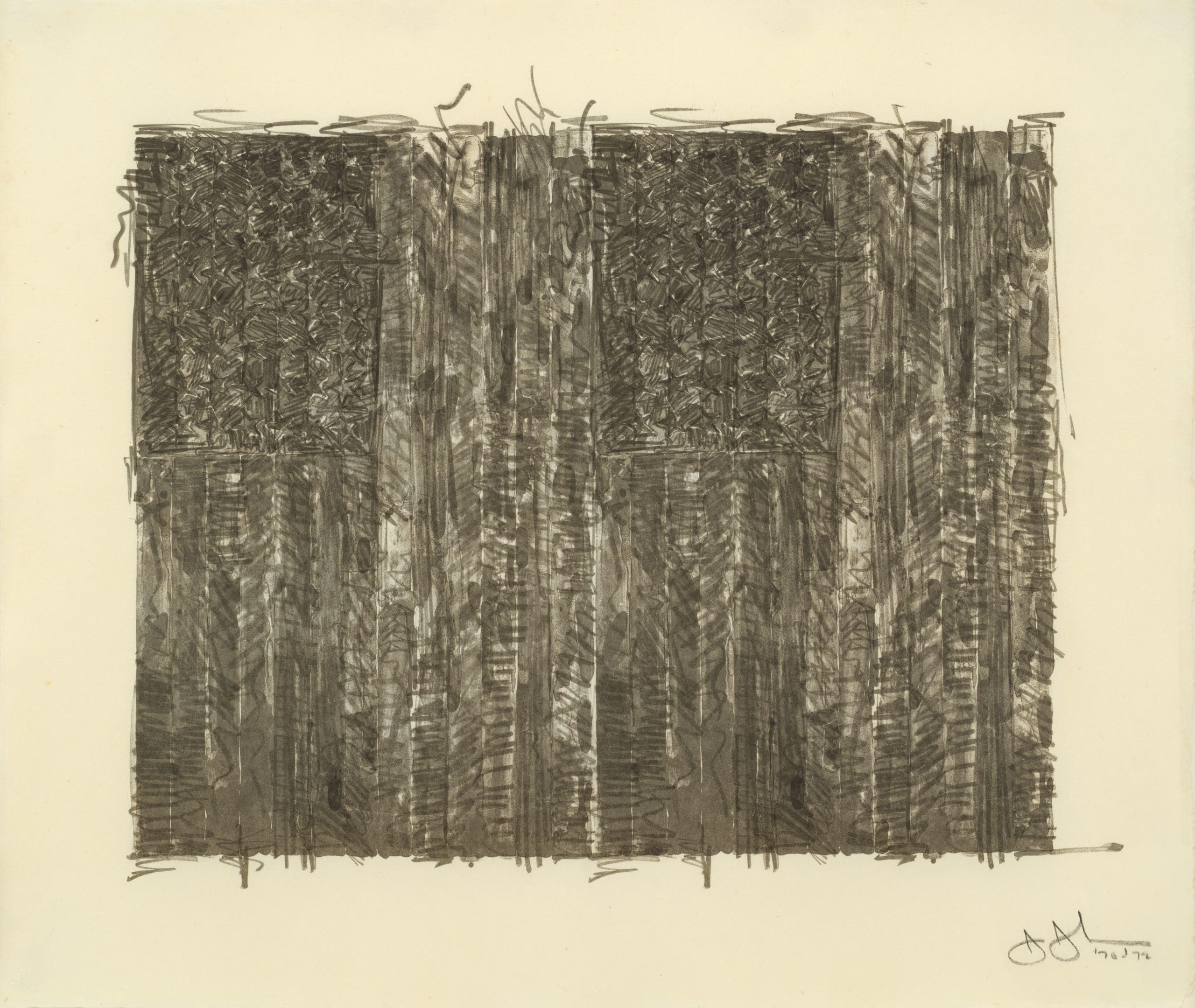Jasper Johns Original Prints
About Jasper Johns
Jasper Johns emerged onto the American art scene in the 1950s and quickly became a central figure in the art world. He began making lithographs in 1960 and printmaking soon proved to be an ideal medium for the artist who experimented heavily with repetition and reformulating symbols and meaning through visual manipulation. Johns’ prolific output of lithographs, etchings, screenprints, and aquatints has made him one of the most influential and innovative printmakers of the 20th century. Today, his works are held in prominent private and public collections around the world including The Museum of Modern Art, New York; Art Institute of Chicago; National Gallery of Art, Washington, DC; Centre Pompidou, Paris; and the San Francisco Museum of Modern Art, among others.
Jasper Johns, born in Augusta, Georgia in 1930, grew up in South Carolina before moving to New York City in 1948. After serving two years in the army during the Korean War, stationed in South Carolina and Sendai, Japan, he returned to New York in 1953 and soon befriended Robert Rauschenberg, John Cage, and Merce Cunningham.
Johns is best known for his series of flags, maps, targets, letters, and numbers, a practice he began in 1954 after destroying his previous artwork. In 1958, Leo Castelli visited Robert Rauschenberg’s and Johns’ studio and immediately offered Johns his first solo show. During this show, the Museum of Modern Art, New York, purchased three works. Soon thereafter, Johns’ assemblage Target with Four Faces (1954) appeared on the cover of Artnews along with an article on Johns that coined the term “Neo-Dada” (later applied to Rauschenberg as well).
Johns has made prints since 1960, mastering lithography, screenprint, and etching. His first endeavors in the medium took place at Universal Limited Art Editions, Inc with the making of his portfolios 0-9.
Johns’ first museum solo exhibition took place at the Jewish Museum, New York in 1964. He went on to have other solo exhibitions at the Stedelijk Mueseum, Amsterdam (1972); Museum of Modern Art, New York (1996); and Museum of Modern Art, San Francisco (1999), among others.
Johns is the recipient of many awards, including the Golden Lion at the Venice Biennale (1988) and the Japan Art Association’s Praemium Imperiale prize for painting (1993). He also received the Presidential Medal of Freedom in 2011. He currently lives and works in Sharon, Connecticut, and on the island of Saint Martin.











